Lava flow is affecting previously spared areas of the Spanish island, while an increase in tremors and emissions suggests the volcano is becoming more active
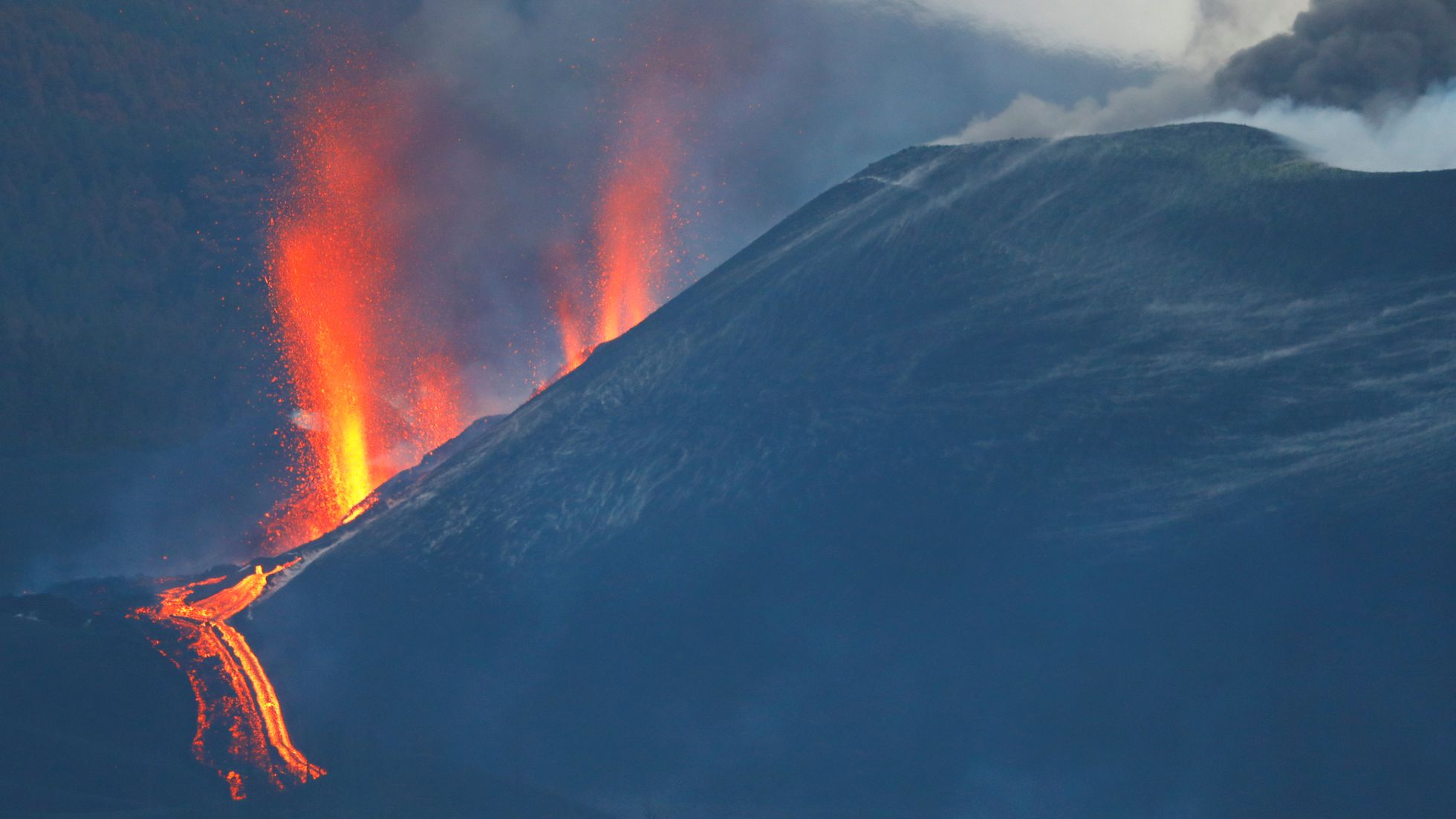
The volcano in La Palma seen from the observation point in Tajuya.
GUILLERMO VEGAEL PAÍS
Santa Cruz de La Palma - NOV 29, 2021 - 05:21 CST
For residents of the Spanish island of La Palma, Monday brought little hope that the volcano in Cumbre Vieja natural park will go quiet any time soon.
The volcanic eruption in this corner of the Canary Islands, located off the northwestern coast of Africa, entered its 72nd day with no signs of letting up. In fact, experts now believe it has a good chance of becoming La Palma’s longest eruption in 500 years.
La Palma volcano in numbers: €700m in damages, 5,100 quakes and 7,000 evacuated
“Unfortunately, the forecast contemplates no short-term end,” said Francisco Prieto, a technician for the team of experts monitoring the eruption, the Volcano Risk Prevention Plan of the Canary Islands (Pevolca). Prieto said the current eruption could potentially last longer than the one that took place in 1646, when the Tehuya volcano spewed lava and ash for 84 days.
Experts also warned that new vents have opened up in recent hours and that new lava channels are flowing down in a northeast direction, affecting areas of the island that had so far been spared.
Two other indicators – earthquake activity and vibration caused by the flow of gas and magma – are also showing higher values. The National Geographic Institute (IGN) on Monday reported 43 recent tremors in La Palma; the strongest one measured 3.5 on the Richter scale and was recorded at a depth of 11 kilometers in the municipality of Fuencaliente.
Flights resumed
Meanwhile, commercial flights that had been grounded for a week resumed again over the weekend after cleaning crews removed the buildup of ash on the runway. The National Security Department said the cloud of ash and SO₂ is expected to keep moving in a west-southwest direction for the next 24 to 48 hours, a scenario that would help the airport remain operative.
Last week, hundreds of La Palma residents with serious medical conditions were unable to travel to the larger islands for treatment because of the airport closures and the fact that ferry tickets had been sold out. Part of the high demand for air and sea travel is caused by the large influx of tourists coming to see the eruption. The head of the La Palma island authority, Mariano Hernández Zapata, has announced that ferry operators doing routes between La Palma, Tenerife and Gran Canaria will reserve spots for local residents traveling on essential business.
New lava flows
The IGN reported that its observation station at Tajuya, in El Paso, recorded several new vents on the northeast face of the volcano at around 3am on Sunday. These vents were spewing lava and pyroclastic material, said IGN volcanologist Rubén López.
The new flows are largely covering land already affected by the lava in the area of Tacande, in the municipality of Los Llanos de Aridane, but the molten rock is also coming near Todoque mountain and could affect the town of La Laguna, said María José Blanco, a volcanologist with IGN.
Local authorities have closed off the northern access to the exclusion zone due to the increasingly adverse conditions. The southern access was sealed off last week because of a new vent that formed on Thursday, coupled with strong rains and bad air quality.
Booming lottery sales

Residents of La Palma struggling with the effects of the volcanic eruption, which has already caused damage worth over €700 million to buildings, crops and family businesses, are hoping for a bit of good luck this year in Spain’s Christmas lottery, known as El Gordo (or, The Fat One). Sales of lottery tickets on the island have doubled and in some cases tripled, said workers at the three main sales offices.
“We’ve nearly tripled our sales since the volcano exploded,” said Alfonso Cabrera, who is in charge of the Tajurgo lottery sales point, in the heart of Santa Cruz de La Palma. “We’ve been getting a lot of local buyers and also a lot of tourists who want to take home tickets from La Palma.”
“People believe that where there’s been a calamity, that’s where the winning lottery number will be sold,” said Borja Muñiz, president of the industry group ANAPAL.
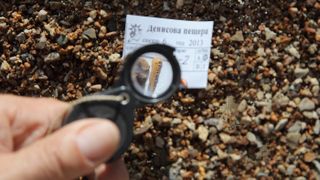










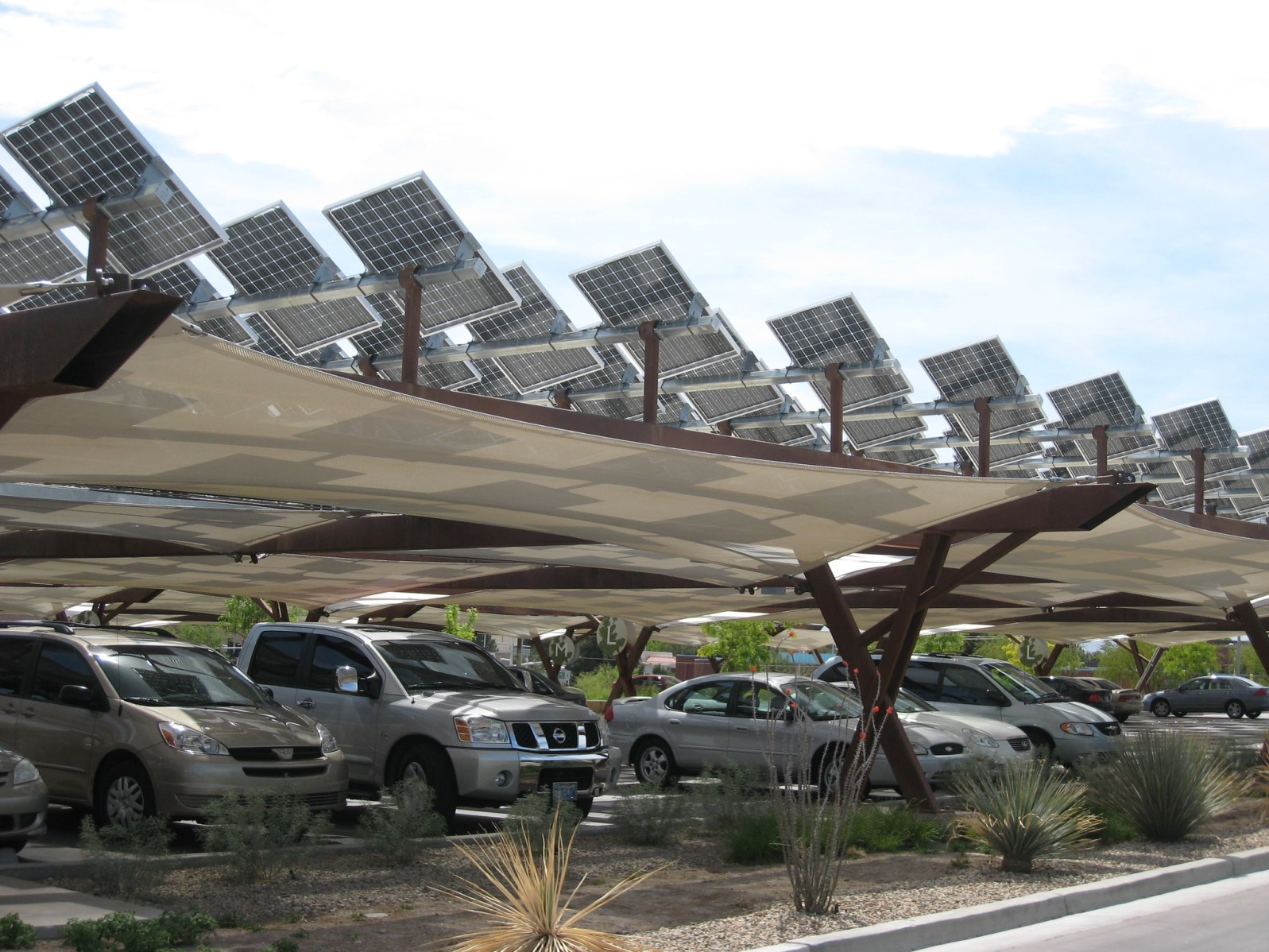





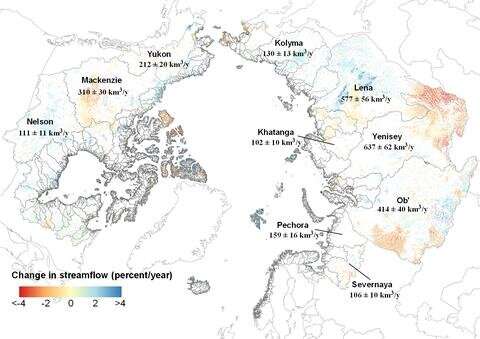
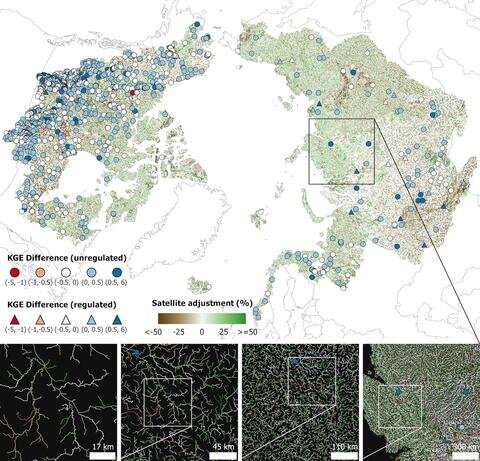
.jpg?ext=.jpg) (Image: Pixabay)
(Image: Pixabay)